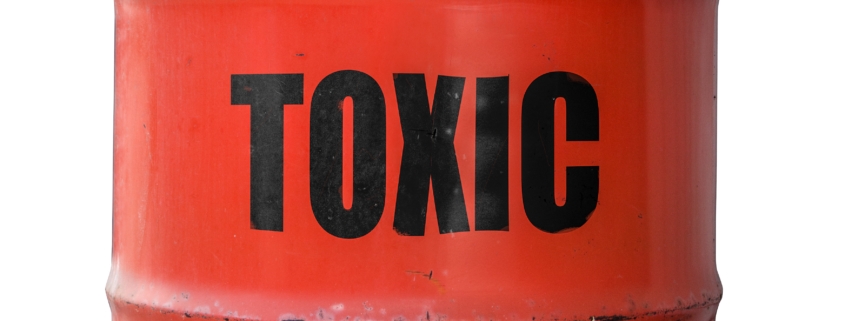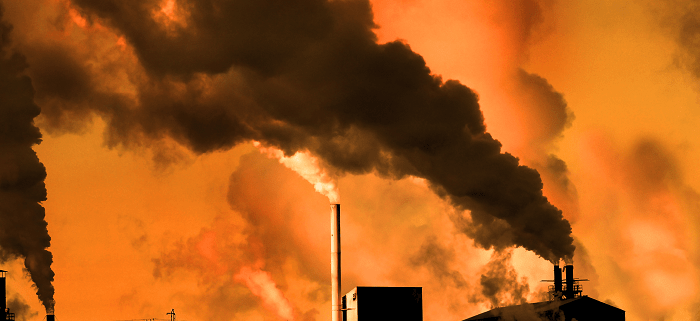The Cost of not Replacing Hazardous Cleaning Chemicals
Hazardous industrial cleaners have been around for decades. For most of their time on the market, the oldest of the cleaners have had a clandestine existence, being dispensed strictly to industrial users, being avoided by workers at every turn, and being acknowledged as toxicity incarnate. On the bright side, the solvents did a heck of a job, so companies kept using them.
The time period described above is roughly about the same time when you could still smoke cigarettes in the grocery store, in government buildings, and even in the waiting room of a doctor’s office. The Clean Air Act was in place, but it was more of a futuristic novelty than a present force that had a discernable impact on daily air quality.
Fast forward to today, and my how times have changed. Hazardous industrial cleaning chemicals are still considered dangerous, but there’s now a slew of financial penalties associated with not replacing hazardous chemicals, when the cleaners are used in volumes that make the hazardous air pollutants (HAPs) they contain violate emission limits. Depending on the extent of the violation, the penalty could range from thousands to millions of dollars.
There’s also some other financial setbacks that industrial users of hazardous chemicals tend to suffer more regularly than non-users. As one might expect, the biggest toll is usually taken on personnel who work closely with the hazardous chemicals. Workers on the chemical front line commonly experience acute ailments that take them away from the work floor for a day or two, such as dizziness, upset stomach, and blurry vision, to name a few.
But these conditions are a cakewalk compared to the worst workers experience from chronic exposure to hazardous chemicals: permanent neurological damage that impairs movement and cancer. Depending on the particular hazardous agent you’re talking about, there could be more chronic conditions to consider.
For companies, this brings us to the ultimate cost of not replacing hazardous chemicals: jeopardizing human resources. Acute exposure to toxic chemicals may only take workers away from the workfloor temporarily, but personnel who suffer chronic injuries are usually gone for good, but they aren’t forgotten. At least, their employer often has to compensate them for reduced earning capacity.
Contact Us Today
To replace your company’s hazardous cleaning chemicals that pose a danger to workers’ health and company finances, contact Ecolink at (800) 563-1305, or use our contact form, to schedule a free consultation. Our stock solutions or a custom solution can provide the cleaning power you need, minus the significant health risks of solvents that contain hazardous air pollutants (HAPs).
One of the main concerns companies have when switching from a toxic solvent to an eco friendly one, is whether the latter will work as well as the former. We understand this concern. That’s why we give you the option of receiving a free sample of your cleaning solution to test with your procedures. When you find the product works as well as expected, place your order. We look forward to helping you use safer cleaners.





